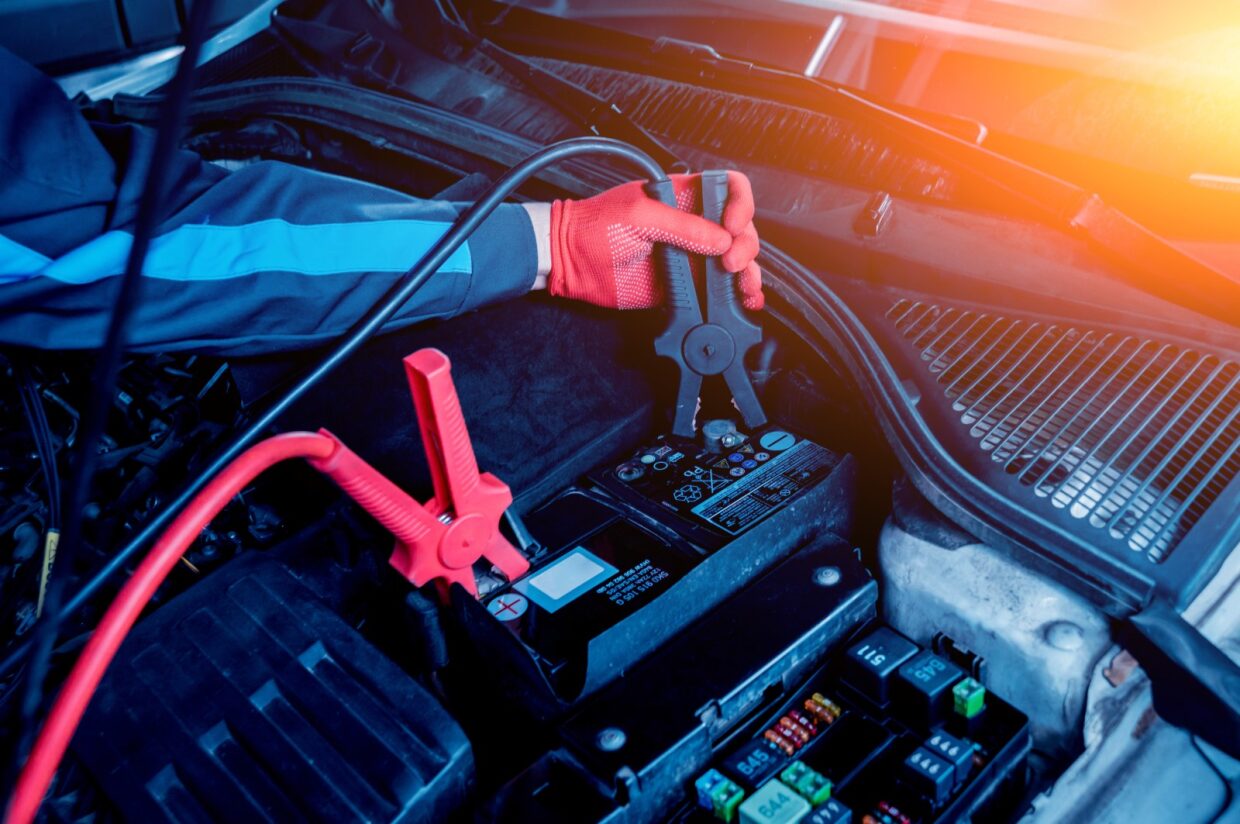Road trips are full of surprises. Emergency preparedness is a crucial aspect of safe driving, protecting both the driver and others on the road. Learning basic skills and having essential items on hand helps you manage problems confidently if they come up.
Conduct Regular Vehicle Checks
One major way that drivers can get ready for emergencies is by routinely checking over their vehicle. Do walk-around inspections before longer trips and note any issues. Look under the hood to spot potential trouble such as worn belts and low fluids. Make sure lights, windshield wipers, tires, and other components get tested so they perform when needed. Conduct inspections according to your vehicle’s maintenance schedule.
Have Essential Gear and Know How to Use It
As part of emergency prep, assemble gear to cover common roadside issues. Carry jumper cables, a tire inflator, flares or reflectors, a flashlight, and basic tools. The experts at Clore Automotive say a first aid kit, fire extinguisher, blankets, drinking water, non-perishable snacks, and a vehicle battery jump starter also come in handy. Understand correct use of these items so that you deploy them safely if an emergency occurs. Improper use risks injury or further vehicle damage.
Prepare for Extreme Weather Events
Vehicle emergencies can arise or get complicated because of environmental factors like intense rain, snow, and high winds. Heavy precipitation reduces visibility and creates slippery roads where control gets compromised. Build skills gradually by driving in modest rain and light snow before tackling heavier conditions. Stock extra windshield washer fluid and test wipers and defrosters. In snowy areas, carry a window scraper, shovel, sand or kitty litter, warm gear, and blankets. If travel becomes unsafe, exit the roadway and call for help rather than risking a skid or loss of control.
Have Contingency Plans Ready
Thinking through contingency plans prepares you to take alternative actions if the unexpected happens on the road. Maintain an emergency kit with enough food, water, and medications to sustain stranded passengers for several days. Map out places like gas stations, restaurants, and hotels along regular routes. Pinpoint hospitals and police stations where you could access help quickly in a crisis. Have backup contacts written down to call from a payphone if your cell phone dies. Know procedures for reporting crashes, vehicle issues, suspicious behavior, and other problems to authorities. Going over plans and resources ahead of time gives confidence to manage dilemmas until you safely reach your destination.
Practice Changing Tires
Changing a flat tire ranks among the most fundamental skills drivers should develop in case of emergency. Study the jack, spare, and lug wrench included with your vehicle to comprehend how they function. Locate appropriate jacking points solid enough to lift the vehicle’s weight. Loosen lug nuts only while the tire rests on the ground. Crank the jack slowly to avoid dropping the vehicle suddenly. Remove lug nuts and swap out the flat tire for the inflated spare. Reinstall and tighten lug nuts fully in a star pattern once finished. Lower the jack completely once the spare gets mounted. Finish by rechecking torque using a lug wrench. Practicing these steps and having the right gear prevents being stranded with a flat.
Handle Vehicle Emergencies Smoothly
Preparation and training makes handling vehicle mishaps much more manageable. Conduct thorough maintenance and equip your automobile fully for contingencies. Have emergency contacts, backup plans, and assistance options researched ahead of time. Build skills gradually piloting cars in modest storms and practice changing tires periodically. Implementing safety protocols protects occupants when the unexpected strikes. Staying calm and following established emergency procedures reduces chaos tremendously. Use resourcefulness to apply your knowledge and tools until the situation gets resolved.

